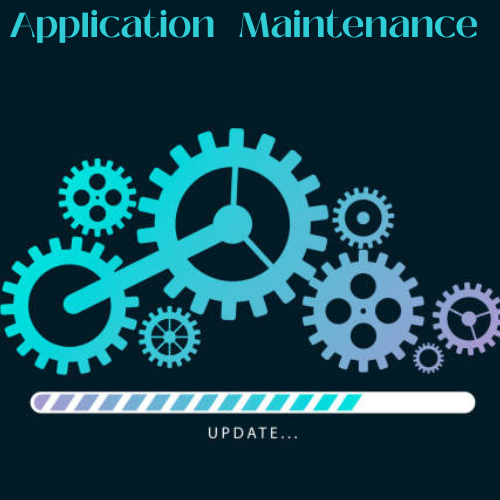-
Call for Anything
+011-45579658
-
You may send an email
info@nuzninfotech.com
-
Sunday - Closed
Mon - Sat(10.00 AM - 7.00 PM)
Application Maintanance

Application Maintanance -:
Maintaining an application involves a range of activities aimed at ensuring its optimal performance, security, and functionality over time. The specific content of an application maintenance plan may vary based on the nature of the application and the organization's requirements. However, here is a general outline of the key components typically included in an application maintenance plan.
1. Documentation.
Keep comprehensive documentation that includes system architecture, codebase structure, database schema, APIs, and any other relevant information.Update documentation with changes made during maintenance activities.
2. Bug Tracking and Resolution.
Implement a system for tracking and prioritizing reported bugs. Regularly address and resolve identified issues, releasing patches or updates as necessary.
3. Security Updates.
Stay informed about the latest security threats and vulnerabilities. Apply security patches and updates to protect the application from potential security risks.
4. Performance Monitoring and Optimization.
Set up tools for monitoring the application's performance. Identify and address performance bottlenecks to ensure optimal responsiveness.
5. Backup and Recovery.
Establish and maintain a robust backup and recovery system. Regularly test backup and recovery procedures to ensure data integrity.
6. Compliance and Regulation.
Ensure that the application complies with relevant industry standards, regulations, and legal requirements.Implement changes to meet new compliance standards as they emerge.
7. User Support.
Provide ongoing support to end-users, addressing queries and issues. Maintain communication channels for user feedback and incorporate improvements.
8. Scalability.
Plan for and implement scalability measures to accommodate growing user bases or increased data loads.
9. Technology Upgrades.
Stay current with updates to underlying technologies (frameworks, libraries, databases, etc.). Plan and execute upgrades to avoid compatibility issues.
10. Monitoring and Logging.
Implement monitoring tools to track application behavior and performance. Set up comprehensive logging to aid in debugging and issue resolution.
11. Training and Knowledge Transfer.
Provide ongoing training for support staff and developers. Document any unique aspects of the application to facilitate knowledge transfer within the team.
12. Release Management.
Plan and execute the release of new features, enhancements, and updates. Conduct thorough testing before deploying new releases to production.
13. Cost Management.
Regularly review and optimize infrastructure and operational costs. Look for ways to improve efficiency and reduce unnecessary expenses.
14. Change Management.
Implement a structured change management process to assess, approve, and document changes to the application.
15. Feedback and Improvement.
Gather feedback from users, stakeholders, and development teams. Use feedback to make continuous improvements to the application.
Remember, the specific details of an application maintenance plan will depend on the nature of the application and the organization's unique requirements. Regular reviews and updates to the maintenance plan are essential to adapt to changing circumstances and technologies.
Nagar, New Delhi-110059 (India)
Get In Touch
+91 011-45579658+91 9910371785
Quick Email us
